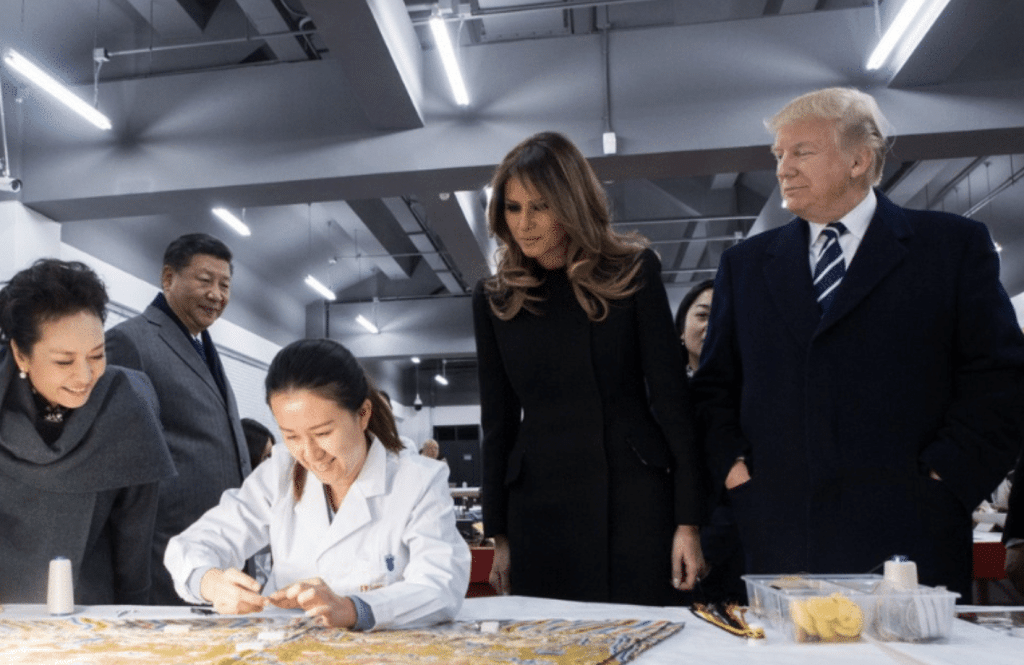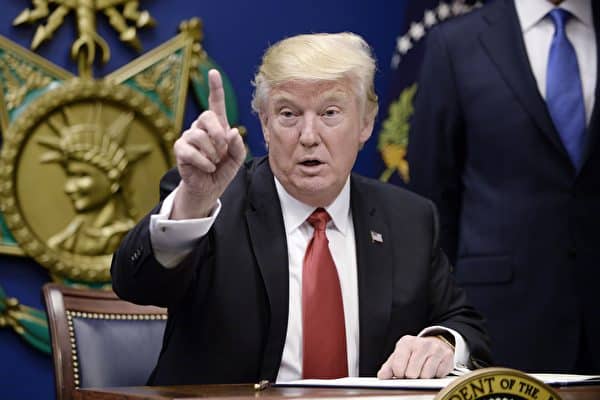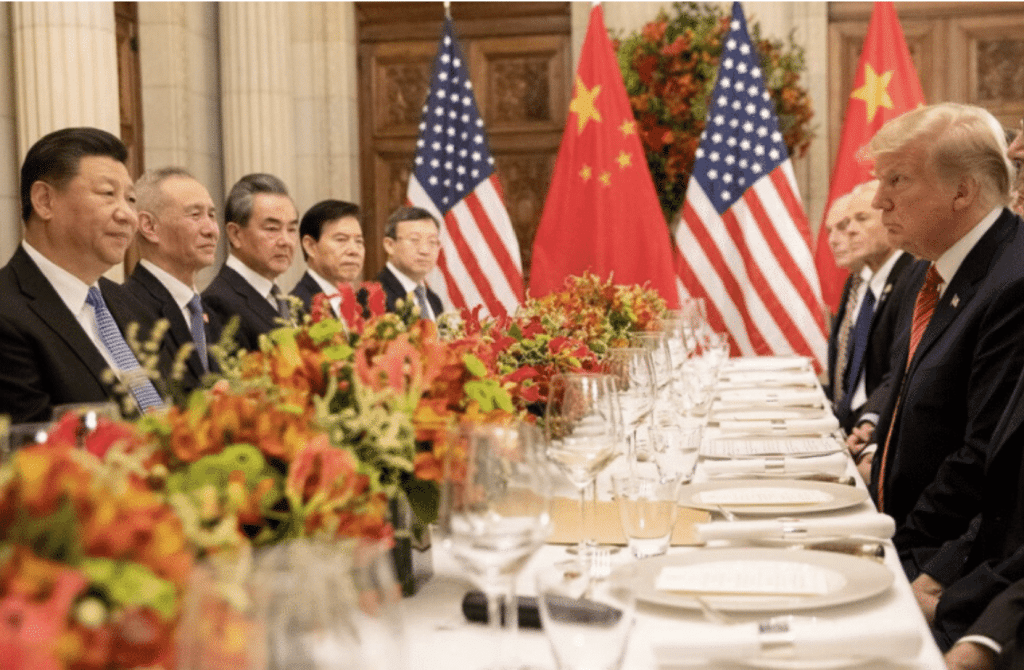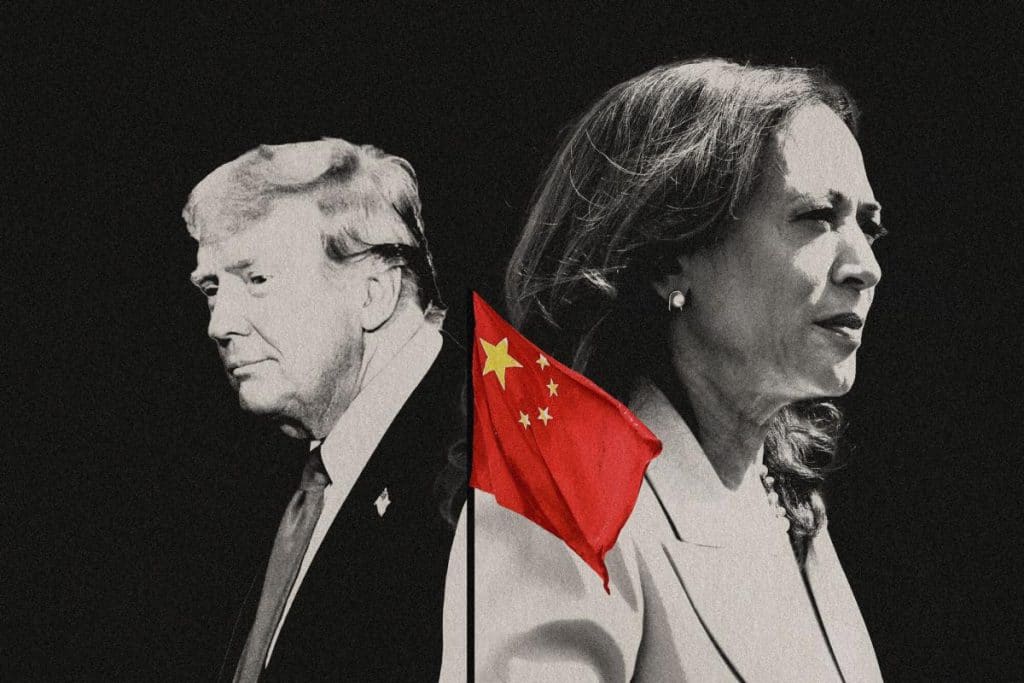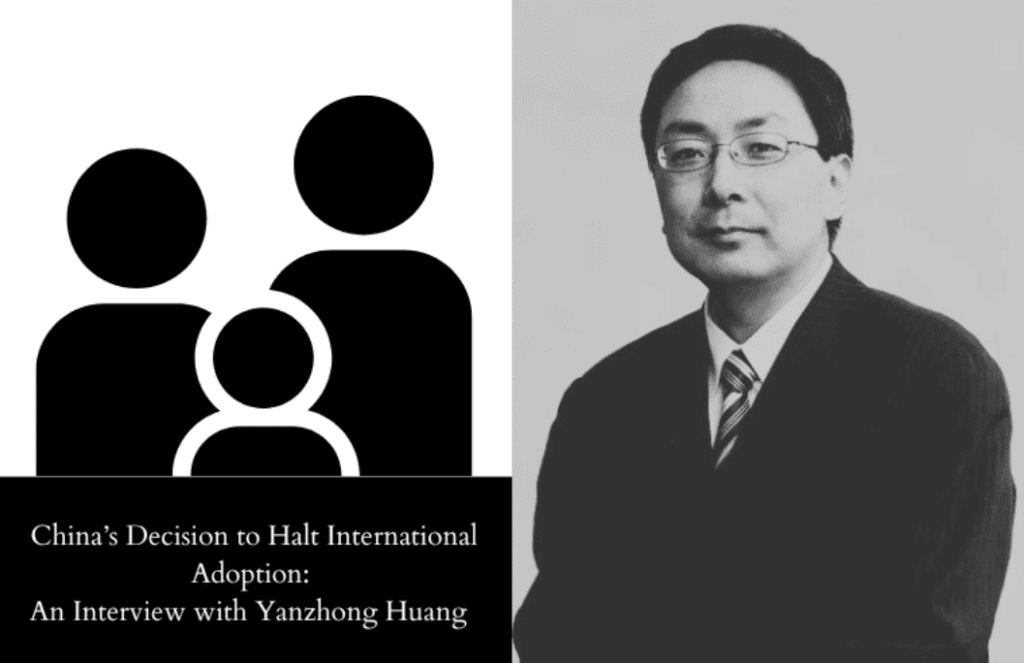Limit, Leverage, and Compete: A New Strategy on China
作者:Melanie Hart / Kelly Magsamen 来源:Center for American Progress
Introduction and summary
The greatest geopolitical challenge in the 21st century will be how the United States—and the rest of the world—responds to the rise of China. China’s gross domestic product (GDP), when measured in domestic purchasing power (purchasing power parity), already surpasses that of the United States. It is now, by some measures, the dominant global economic power and is mobilizing that wealth to pursue its own vision for the international system. The central contest of this century will be between the U.S. model of political and economic development and the Chinese model of political and economic development. If China’s vision prevails—if it becomes the dominant power of the 21st century—there is a risk the United States and the world will be less free, less prosperous, and less safe. The United States does not need to engage China in a zero-sum Cold War to avoid this outcome. However, it does need to put its own ideas on the table internationally, advocate for that vision, reassert global leadership, and rectify a pattern of serious missteps at home.
The United States should be well-equipped to address the challenges China is posing, but it has been hindered by decades of strategic inertia. Since the early 2000s—when China joined the World Trade Organization (WTO) and the United States launched wars in Afghanistan and Iraq—the United States has pursued a strategy that is fundamentally flawed. Instead of channeling public resources to support American innovation and invest in American workers, Washington assumed the United States could coast on a combination of natural comparative advantages and status quo technology dominance, much of which stemmed from investments made decades earlier. That approach has not worked. China is investing heavily in emerging technology sectors—such as artificial intelligence and next-generation mobile communication—to successfully chip away at U.S. technology leadership and global market share. However, in the United States, many U.S. workers are unable to find good jobs in the information economy. In sum, the United States has lagged on the very areas of strength it needs to compete against an increasingly powerful China.
Over the past few decades, China funneled trillions of dollars into public education, public infrastructure upgrades, high-tech research and development (R & D), and global diplomacy. At the same time, Washington dialed back investments in those fundamental pillars of national strength—including, most importantly, the American people—and assumed the United States had enough of a head start to maintain its edge without the necessary investments at home.
The Trump administration has identified the growing China challenge and the risks it poses to U.S. security and prosperity. Unfortunately, the administration is pursuing a strategy that weakens and isolates the United States and makes the problem worse. The Trump administration’s approach to China suffers from two fundamental flaws: Economically, it is failing to enact the necessary policies at home to support U.S. workers and set the United States up to compete effectively in new technologies and markets. And, politically, it is withdrawing from its role as a global leader at the same time it is alienating potential allies and partners—who share similar concerns about China—instead of working with them.
If the United States maintains its current course, it will cede substantial ground to China. Economically, China will dominate key global markets and technologies and the high-paying jobs that go with them, forcing the United States down the value chain. China will continue to use its growing economic footprint to pursue political, military, and diplomatic goals that undermine U.S. national security, such as leveraging its role as a next-generation mobile telecom equipment provider to control global communication networks and push an authoritarian governance model for the global internet. On security issues, China’s growing assertiveness will continue to undermine the security balance in Asia, take advantage of new openings that Trump is creating to erode U.S. alliances, and increasingly directly threaten U.S. national security as it shrinks the military capabilities gap. On global challenges such as climate change and global public health, absent renewed U.S. leadership, China will have wide leeway to make minimal contributions while claiming that it is doing more than enough to fulfill its responsibilities as a great power.
To turn this dynamic around, the United States must address U.S. economic challenges head-on and invest in the fundamental drivers of economic prosperity and national security: public education, infrastructure, innovation, R & D, and diplomacy. Instead of acting unilaterally, the United States must reach out multilaterally to lead and build a united front with allies and partners. With those core fundamentals in place, the United States can then execute a strategy that limits China’s ability to exploit its openness; leverages China to contribute its growing capabilities in ways that benefit the global common good; and positions the United States to compete more comprehensively over the long term.
The goal of this strategy is straightforward: advance the country’s national interests and put the United States in the best possible strategic position regardless of how China acts. Ideally, China returns to a more peaceful and collaborative purpose, engaging in fair competition instead of tilting the field and using its growing military clout to pursue common objectives that other nations share. But as the United States continues to encourage China to change course, Washington must develop policies that respond to the realities of a more assertive China that is actively undermining U.S. interests around the world.
This report presents a new strategic framework—limit, leverage, and compete—as well as key measures the United States should take to begin implementing it. The first section explains how major political shifts in the United States and China put both countries on a trajectory that led to China’s re-emergence as a global power. It concludes by describing the strategic missteps—including a multidecade period of inertia and two wars in the Middle East—that have hindered the United States’ ability to compete against an increasingly powerful China. The second section lays out an alternative approach to China that will reverse the current trajectory. It recommends a new strategic framework that limits China’s ability to exploit U.S. openness; leverages China’s growing capabilities to address global challenges; and positions the United States to compete more comprehensively over the long term. The section concludes by explaining how this strategic framework—limit, leverage, and compete—will put the United States in a stronger position to respond to the realities of a more assertive China while providing ample off ramps to adjust if China chooses a more collaborative path. The third and final section makes specific recommendations about how each pillar of this strategy should be implemented, prioritizing investments in the United States’ network of democratic allies, its democratic values, and the unlimited potential of the American people.
Pillar One: Limit describes how China is exploiting U.S. openness to distort markets and exert influence over U.S. policy toward China. It offers specific policy measures the United States must adopt to limit Beijing’s ability to exploit open systems for China’s gain.
- Require Chinese firms to disclose their ownership structure and funding sources before entering the U.S. market
- Require disclaimers on direct foreign government propaganda
- Mandate transparency for U.S. educational and civil society institutions receiving Chinese government funding
- Overhaul the U.S. legal framework on foreign interference
- Stop allowing Chinese security services to operate illegally within U.S. borders
Pillar Two: Leverage argues that where China’s strategic intent aligns with U.S. and broader global interests, the United States should seek to leverage rather than limit Chinese initiatives. It offers specific policy measures the United States must adopt to
- leverage China’s growing capabilities to solve global challenges.
- Leverage China’s Belt and Road Initiative to support regional development needs
- Encourage greater contribution to humanitarian assistance and disaster relief
- Partner on global sustainability efforts
- Push China to meet its pandemic disease responsibilities
Pillar Three: Compete explains how China uses gray-zone tactics to strengthen its global position and exert influence over global rules and norms without triggering a proportional U.S. response. It argues that the United States must shift to comprehensive competition and double down on its own comparative advantages. It offers specific policy measures the United States must take to compete at full strength.
- Launch a national competitiveness initiative
- Fight back on trade in partnership with allies
- Launch a next-generation digital infrastructure initiative
- Network a new Asia-Pacific regional security architecture
- Make the necessary defense investments to ensure effective deterrence and defeat aggression
- Work collectively to uphold and defend democratic values
- Position U.S. policy for success
While China presents the most serious economic and security challenge to the United States in a generation, the good news is that, throughout history, the United States has always excelled and advanced when it faced a strong peer competitor. Although competition with China brings significant downside risks, it also provides a critical strategic opportunity for the United States to get its own house in order. U.S. leaders and lawmakers’ collective task now is to ensure that the United States puts in place a strategy that rebuilds the foundation of American strength at home and denies China easy wins. This report presents key policy recommendations for how the United States should implement each of these three parts of that strategy—limit, leverage, and compete—to advance U.S. national interests and put the U.S.-China relationship on a more competitive and stable trajectory.
Please download to read the full report: Center for American Progress-A New Strategy on China.pdf
来源时间:2019/4/11 发布时间:2019/4/3
旧文章ID:18345



